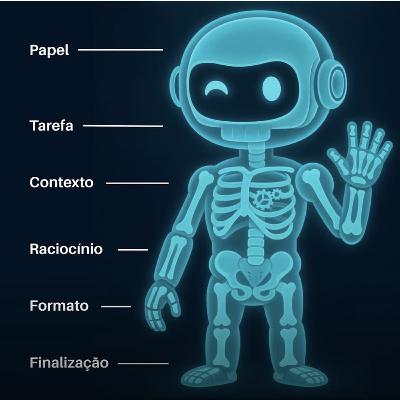Alan Turing and The Imitation Game
Description
Welcome to another episode in our series about the pioneers of artificial intelligence. Today, we’re diving into a fascinating story — one of genius, courage, and tragedy. It’s the story of Alan Turing, the man who, long before computers as we know them, dared to imagine machines capable of thinking.
Imagine England in the 1930s. The radio was still the main form of communication, World War II was about to begin, and the idea of a “computer” seemed like science fiction. In this context, a brilliant, curious, and restless young man was born: Alan Mathison Turing. From a young age, Turing showed an extraordinary mind — passionate about numbers, puzzles, and the possibility that machines could one day “think.”
But Turing’s name isn’t only associated with theory. He would become the man who helped change the course of history by decoding the secrets of the Enigma machine — the cryptographic system used by the Nazis during World War II. This monumental achievement not only shortened the war by years, it also saved thousands of lives.
Still, what would immortalize him in the history of science was another invention: the Turing Test, proposed in 1950. A simple yet revolutionary idea: could a machine be distinguished from a human being just by having a conversation?
Turing called his proposal the Imitation Game. Three participants take part in this experiment: a human, a machine, and an evaluator. The evaluator must determine who is who, based only on written responses. If the evaluator can’t tell the machine from the human, then the machine has, in a sense, passed the test — demonstrating intelligence.
But to grasp the scope of this idea, we need to go further back in time. Centuries earlier, the philosopher René Descartes had already reflected on so-called “automaton machines” — mechanisms capable of responding to human stimuli. He argued that while these machines might speak and react, they would never be able to sustain a free, creative, and conscious conversation like even the simplest human being can.
Turing, inspired by these ancient thoughts and his love for mathematical logic, decided to take the discussion to a new level. He didn’t just want to imagine responsive machines. He wanted to prove, scientifically, that human thought could be replicated in a logical, mathematical, programmable system.
And so, among equations, algorithms, and dreams of the future, the concept that still guides much of modern artificial intelligence was born. The Turing Test wasn’t just an intellectual game — it was a philosophical mirror, an invitation to reconsider what it truly means to be intelligent.
And perhaps, without realizing it, Alan Turing initiated one of the greatest adventures of the 20th century: the quest for an artificial mind.
In the first part, we explored the beginnings of Alan Turing’s journey — a genius who dared to ask if machines could think. Now, let’s take a closer look at how the famous Turing Test works and why it remains a milestone in the history of artificial intelligence.
For Turing, the big question wasn’t philosophical — it was practical. He didn’t ask, “Can machines think?” but rather, “Can machines fool us into thinking they do?” This subtle shift transformed an abstract debate into something testable, measurable, and observable.
The test works like this: there are three participants — a human, a machine, and a human evaluator. The evaluator can neither see nor hear the other two, only read their answers on a text terminal. The evaluator asks questions — on any topic — and must decide, based on the responses, who is the machine and who is the human.
If, by the end of the conversation, the evaluator cannot distinguish between the two, the machine “wins” the imitation game. Or, as we’d say today, it passes the Turing Test.
This idea, proposed in 1950, was visionary.






